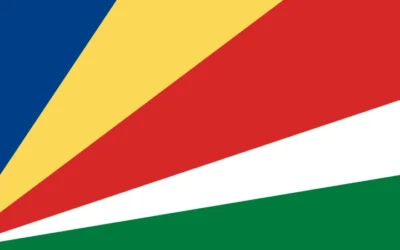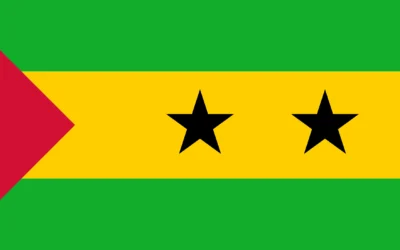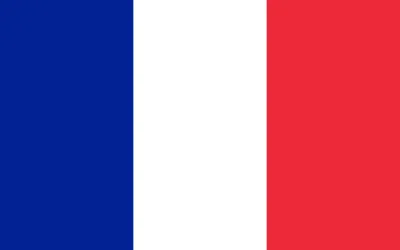Libya Travel Guide
Discover Why You Should Visit Libya
Why Visit Libya?
Libya, located in North Africa along the Mediterranean Sea, is a land of striking contrasts—from ancient Roman cities to vast Saharan dunes. While its tourism industry is underdeveloped due to past instability, Libya holds immense appeal for adventurous travelers, historians, and desert explorers.
It is home to some of the best-preserved Roman ruins outside Italy, incredible desert oases, and a rich, multicultural heritage shaped by Arab, Berber, and Mediterranean influences.
Ideal for: History enthusiasts, archaeological travelers, desert trekkers, and cultural explorers seeking untapped destinations.
Must-Know Facts
Capital/Major City: Tripoli
Language(s): Arabic (official), Berber, Italian, English (limited use)
Currency: Libyan Dinar (LYD)
Best Time to Visit: October to April (mild weather and best conditions for desert travel)
Fun Fact: Libya is home to Leptis Magna, one of the most spectacular Roman archaeological sites in the world, often called the ‘Rome of Africa’.
Top Things to Do
Explore Leptis Magna and Sabratha, UNESCO World Heritage Roman cities along the coast
Visit the historic Medina of Tripoli and the Red Castle Museum
Travel through the Sahara Desert to see Akakus Mountains, rock art, and desert camps
Experience the oasis town of Ghadames with its unique architecture and desert traditions
Discover Greek and Byzantine ruins scattered throughout Cyrenaica in eastern Libya
Local Culture & Lifestyle
Libya’s cultural identity is deeply rooted in Arab-Islamic traditions with Berber, Ottoman, and Mediterranean influences. Hospitality is central to daily life, especially in rural and tribal communities.
Islam plays a significant role in public and private life, and family ties are strong across all regions.
Cultural expression is found in poetry, music, traditional dress, and storytelling, though often practiced privately due to conservative norms.
Food & Drink Highlights
Street Food: Bazin (barley dough with meat stew), couscous with lamb, stuffed vegetables, grilled meats
Restaurants: Tripoli’s local eateries, Benghazi seafood joints, and teahouses serving Arabic coffee
Drinks: Arabic tea with mint, date juice, laban (yogurt drink)
Desserts: Date-filled pastries, sweet couscous, halwa with nuts and honey
Main Dish & Culinary Symbols
Signature Dish: Bazin served with spicy tomato sauce, lamb, and potatoes
Common Ingredients: Lamb, semolina, dates, chickpeas, onions, hararat (Libyan spice blend), olive oil
Culinary Culture: Meals are usually eaten communally on the floor and emphasize rich flavors with minimal waste
Symbols & Icons of the Area
Natural Icons: Sahara Desert, Akakus Mountains, Ubari Sand Sea, Ghadames oasis
Cultural Icons: Roman ruins, Red Castle, traditional Berber houses, Islamic calligraphy and architecture
Hidden Gems & Off-the-Beaten-Path
Tadrart Akakus with prehistoric rock art and dramatic desert scenery
Ubari Lakes surrounded by palm trees in the Fezzan region
Ghat, an ancient caravan town with Tuareg heritage and vibrant markets
Shopping & Souvenirs
What to Buy: Tuareg jewelry, Berber carpets, traditional daggers, handwoven baskets, spices
Where to Shop: Tripoli’s Old Medina, Ghadames market, Sebha craft stalls
Getting Around
Public Transport: Limited and informal; taxis available in cities
Car Rentals: Essential for travel outside urban areas, ideally with a driver or guide
Tip: Due to political and security considerations, guided travel is strongly advised
Walkability: Moderate in medinas and historic areas, though infrastructure may vary
Travel Tips
Travelers should check visa requirements and stay updated on local safety conditions
Dress conservatively and respect local customs, especially in religious or rural areas
Photography is restricted in certain locations; always ask for permission
It’s best to travel with an experienced local guide familiar with regional conditions
Where to Stay
Budget: Local guesthouses and small hotels in Tripoli and regional towns
Mid-range: Corinthia Hotel Tripoli, Al Waddan Hotel, Benghazi accommodations
Luxury: Limited options due to current infrastructure, though historic hotels in Tripoli exist
Unique: Desert camps near Akakus or Ghadames, traditional homes in oasis villages
Sample 4-Day Itinerary
Day 1: Explore Tripoli’s Medina, visit the Red Castle Museum, and enjoy a seaside meal
Day 2: Take a guided day trip to Leptis Magna or Sabratha for Roman ruins
Day 3: Fly or drive to Ghadames for architecture, oasis tours, and Berber culture
Day 4: Return to Tripoli or continue south to explore the Akakus Desert with a local guide






0 Comments